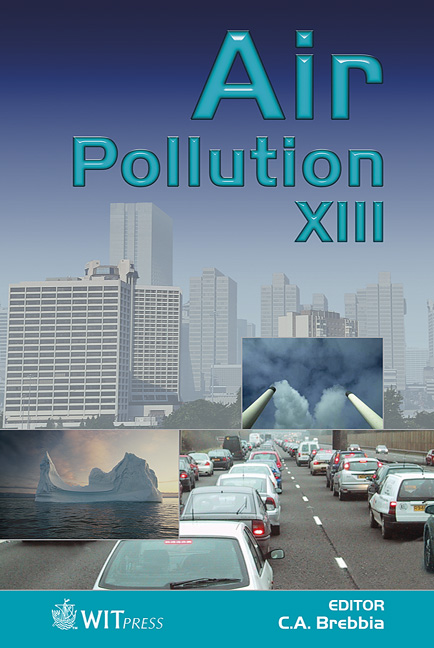Trends In Particulate Matter In Urban And Rural Areas Of The U.K. Over The Last 7 Years And The Potential Impact Of Future Climate Change On These Trends
Price
Free (open access)
Transaction
Volume
82
Pages
10
Published
2005
Size
407 kb
Paper DOI
10.2495/AIR050561
Copyright
WIT Press
Author(s)
G. Sanchez-Reyna, K.-Y. Wang & D. E. Shallcross
Abstract
Ambient concentrations of particles at 11 sites in London and one rural site in the south of England from 1996 to 2002 were examined. A downward trend was observed in 11 of the 12 monitoring sites and has been mainly explained by the reduction in secondary particles in urban sites. Maximum concentrations of particles were registered during summer and winter seasons, and air mass back trajectory data suggested that there was a significant contribution of imported pollution for some of the highest records of PM10. Indeed, it was found that levels of particles were higher when the wind came from the SE, corresponding to European influenced air and highlighting the importance of international collaboration for the effective reduction of particles. In the wake of climate change, potential changes in prevailing meteorology could have a significant impact on particle loading, either by increasing or decreasing regionally imported pollution or by influencing very local street scale pollution levels. Possible explanations why one site in London has not seen a decline in particle levels are given. Keywords: PM10, back trajectories, local and regional contribution, climate change. 1 Introduction The current life style of human populations in urban areas generates emissions to the atmosphere that have a serious impact on public health, causes urban and
Keywords
PM10, back trajectories, local and regional contribution, climate change.





